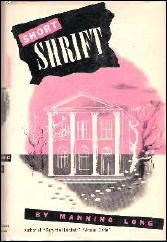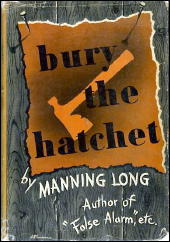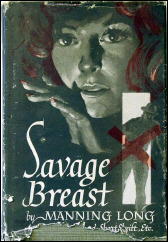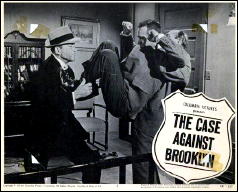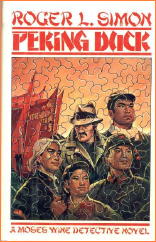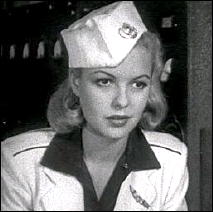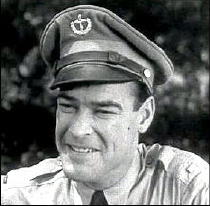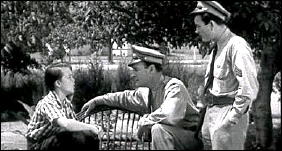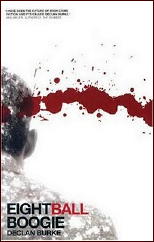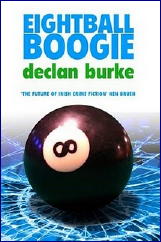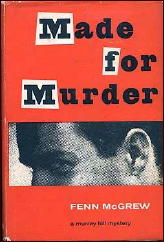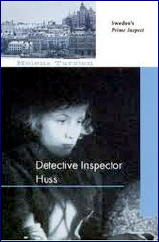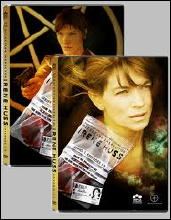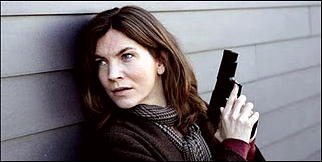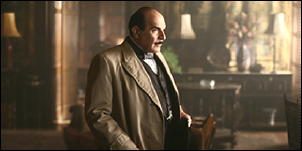Tue 3 May 2011
Reviewed by Allen J. Hubin: CAROLINE GRAHAM – Death of a Hollow Man.
Posted by Steve under Bibliographies, Lists & Checklists , Characters , Reviews[4] Comments
Allen J. Hubin
CAROLINE GRAHAM – Death of a Hollow Man. William A. Morrow & Co., hardcover, 1989. Avon, paperback, 1991.
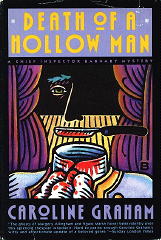
I missed Caroline Graham’s debut with Inspector Tom Barnaby (The Killings at Badger’s Drift), but it seems to me very unlikely to have been better than Death of a Hollow Man, a sensitive, insightful, probing gem of a tale.
The Causton Amateur Dramatic Society is rehearsing for its latest production, Amadeus. We meet the cast, director and crew in full and in depth. They include the lead, Esslyn Carmichael, a conceited womanizer; several young aspirants of varying talent; an assistant director, routinely squelched by the director; and Joyce Barnaby, wife of Tom.
Passions run high and deep, and opening night bids fair to be an unmitigated disaster, for murder waits in the wings for its moment at center stage. A most impressive performance by Graham.
Bibliographic data. This will have to wait until tomorrow as well. Caroline Graham wrote only seven Inspector Barnaby mysteries, but the character has become famous around the world as the sleuth in many seasons’ worth of British TV’s Midsomer Murders, which I’ve never seen. If any of you have, please fill me in — and compare and contrast with the novels, if you can.
[UPDATE] 05-04-11. The Chief Inspector Barnaby series:
2. Death of a Hollow Man (1989)
3. Death in Disguise (1992)
4. Written in Blood (1994)
5. Faithful Unto Death (1996)
6. A Place of Safety (1999)
7. A Ghost in the Machine (2004)
I’d still like to hear more from anyone who can tell me how closely the TV series follows the overall tenor of the books, but in Comment #1, The Doc points out the recent contretemps raised by some badly spoken comments made by the (soon to be former) producer of the series.
Here’s a portion of an online review of the episode that was aired soon after this occurred, which also coincided with Neil Dudgeon taking over as Midsomer‘s new DCI (John) Barnaby.
From http://www.telegraph.co.uk/culture/tvandradio/8402199/The-return-of-Midsomer-Murders-review.html —
“Midsomer isn’t roaringly popular because it holds a mirror up to modern Britain, any more than Poirot serves as a primer on 21st-century Belgium. Midsomer brings to life – and gently mocks – an idea of England and Englishness that probably hasn’t existed in this country for decades, but which lives on in the popular imagination, especially overseas.
“Much of what Brian True-May had to say on the subject of Englishness had me squirming in discomfort, but I will say this in his defence: Midsomer Murders has never claimed to have a vice-like grip on reality.
“I can’t think of any English people I know – regardless of their ethnic origin – who’ve been bludgeoned to death with a slide projector.”
